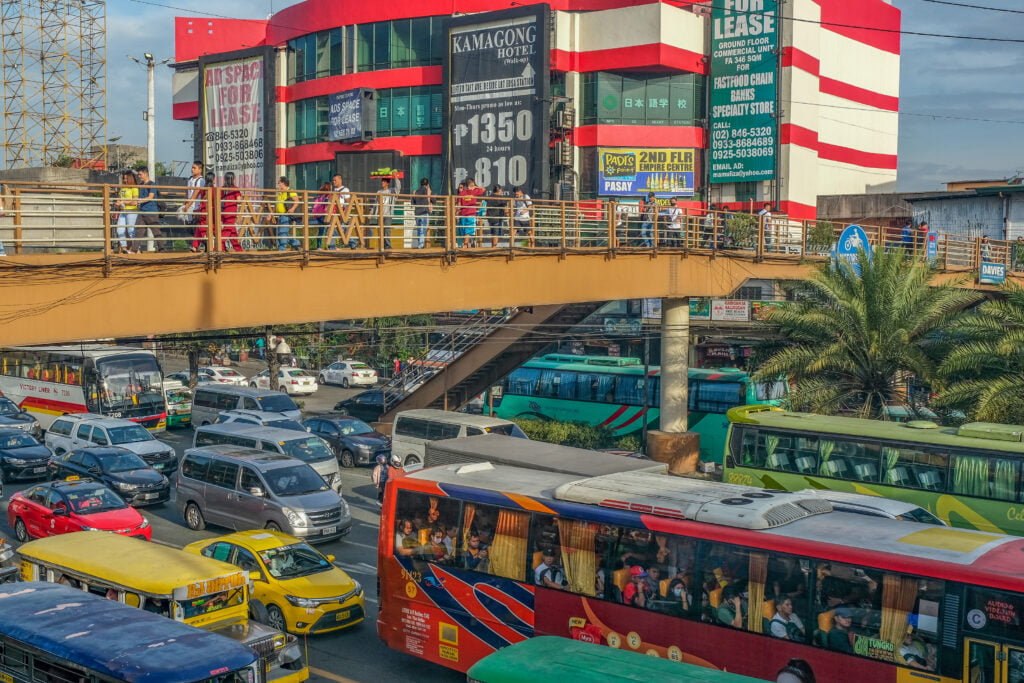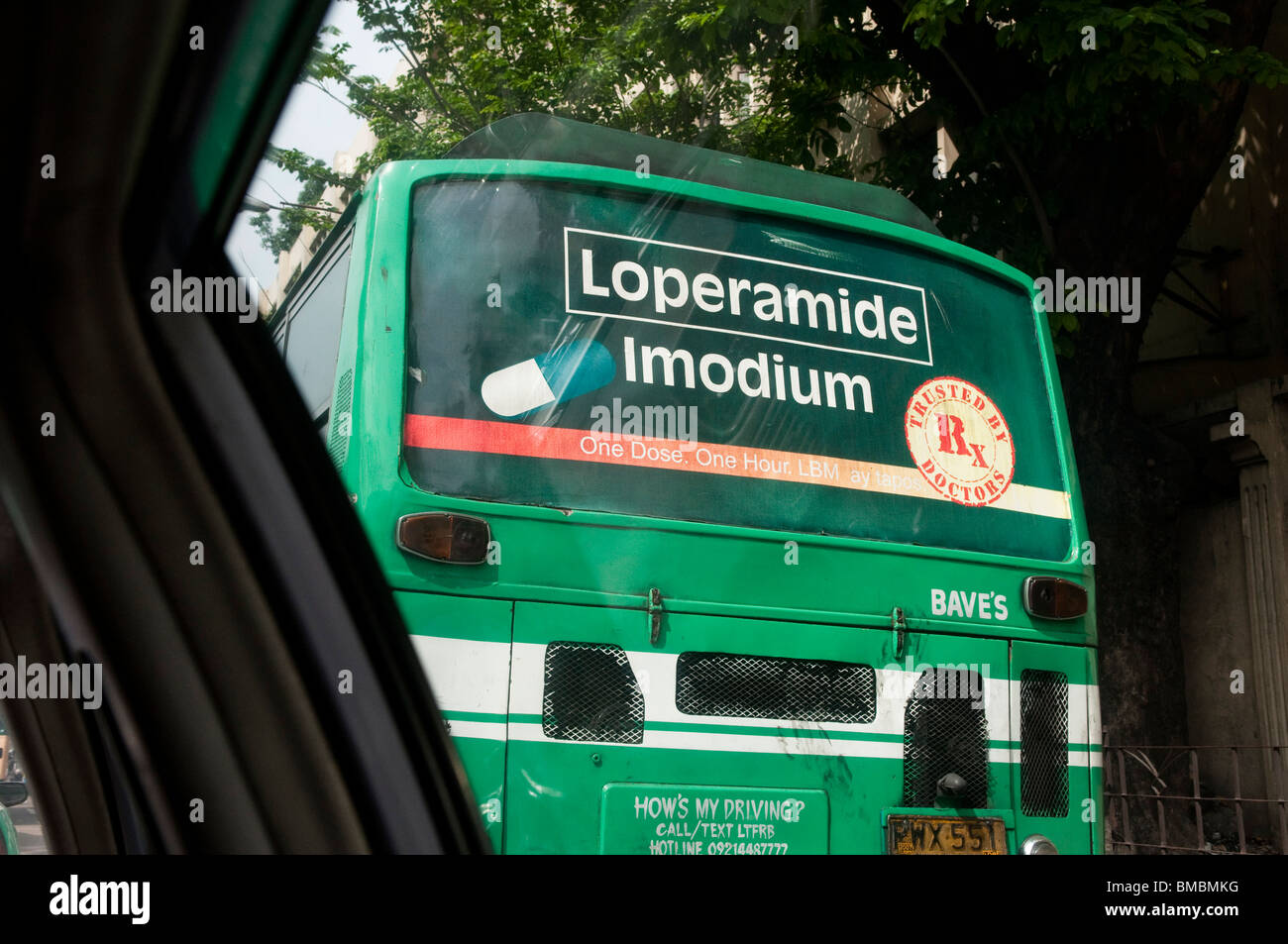Maximize Direct Exposure with Transit Advertising Philippines
Maximize Direct Exposure with Transit Advertising Philippines
Blog Article
Exactly How Transportation Advertising Can Change Public Transportation Spaces Into Dynamic Marketing Platforms
Transportation marketing holds considerable potential to redefine public transportation areas into dynamic advertising and marketing systems that engage and notify. As we check out the diverse advantages and developing methods of transportation marketing, it elevates the inquiry of just how this transformation can redefine our interactions with both brand names and the city atmosphere.
Benefits of Transit Advertising

Additionally, transit advertising and marketing is extremely affordable contrasted to conventional media. It allows marketers to attain high impressions at lower prices, making the most of return on financial investment. The captive target market of commuters provides an opportunity for brands to communicate their messages to people that are often responsive during their traveling times.
Furthermore, the vibrant nature of transit advertising and marketing allows projects to be updated often, ensuring that messaging stays appropriate and prompt. This adaptability can be crucial in reacting to market fads or advertising events, keeping the brand top-of-mind for customers. Lastly, the prevalent presence of transportation advertising contributes to brand name recall; repeated direct exposure within familiar traveling contexts strengthens brand name recognition and fosters customer loyalty, inevitably enhancing and driving sales brand online reputation.
Types of Transit Advertising
Public transportation systems supply numerous styles for marketing, each providing to different advertising and marketing strategies and target market interaction methods. One famous type is exterior bus and train wraps, which cover the entire vehicle and produce a mobile billboard result, permitting high exposure in city environments. These covers can record interest as they pass through busy streets, getting to a diverse target market.
An additional popular format is indoor advertising, which consists of posters, digital displays, and advertisements on transportation seats. These placements engage passengers during their trip, enhancing brand name messaging in a constrained area. Digital shows, in specific, provide the advantage of vibrant web content, allowing marketers to update messages in real-time.
Terminal advertising is also substantial, including posters, banners, and interactive kiosks within transportation terminals. These ads leverage foot website traffic and can target particular demographics based on location.
Last but not least, advertising collaborations with transportation authorities can lead to unique projects, such as themed transit experiences or occasions, boosting the total interaction with travelers. Each sort of transit marketing supplies distinct benefits, enabling brands to customize their technique to properly reach their target market within the public transport environment.
Involving Travelers Effectively
Commuters are increasingly inundated with advertising and marketing messages throughout their day-to-day journeys, making it important for brands to engage them in ingenious methods. To record attention in this congested area, advertisers must prioritize creative thinking and relevance. Utilizing captivating visuals and concise messaging can significantly improve the probability of engagement.
Interactive elements, such as QR codes or augmented reality features, can likewise change static ads into immersive experiences, cultivating a deeper link with the target market. Brand names need to concentrate on resolving travelers' demands and passions, customizing messages to reverberate with their lifestyle, whether with promos for regional businesses or services created to enhance their travelling experience.
Furthermore, timing plays a critical function; tactically putting ads throughout optimal commuting hours can take full advantage of presence and effect. Engaging commuters properly additionally includes leveraging social media sites combination, enabling passengers to share their promotions or experiences directly from transportation systems, therefore amplifying brand name reach.
Essentially, reliable involvement rests on understanding the commuter journey and producing compelling, interactive, and appropriate advertising experiences that not only capture focus however additionally drive action and commitment. By doing so, brand names can transform public transport right into a vibrant advertising system that resonates with its audience.

Measuring Advertising And Marketing Effect
How can brands precisely evaluate the performance of their ad campaign en route atmospheres? Determining the influence of transit advertising requires a complex technique that incorporates qualitative and quantitative metrics. One prevalent approach is tracking involvement via mobile analytics, where brands can evaluate foot website traffic patterns and application communications in the past, throughout, and after great post to read campaigns.
Surveys can give important understandings into brand name recall and consumer view, enabling brand names to determine how well their messages reverberate with commuters. Furthermore, monitoring social media engagement associated to specific projects can disclose changes in public perception additional reading and brand name conversation.

In addition, teaming up with transit firms can enhance measurement accuracy, as they often possess in-depth demographic information on ridership trends. By incorporating these methods, brands can develop an extensive understanding of their advertising effectiveness, making certain that their projects not just reach however additionally affect their target audiences properly.
Future Trends in Transportation Marketing
A substantial shift is anticipated in transportation advertising as technical innovations and altering consumer behaviors reshape the landscape. Transit Advertising Philippines. The assimilation of digital screens and multimedias is expected to enhance engagement, permitting brands to supply dynamic content that resonates with varied audiences. As public transportation systems embrace clever technology, advertisers will take advantage of real-time data analytics to customize messages based on traveler demographics and habits
Additionally, boosted truth (AR) is positioned to reinvent the means travelers interact with promotions. By supplying immersive experiences, AR can transform a mundane journey right into an appealing story that catches interest and fosters brand name loyalty. This innovation will likely motivate marketers to develop more experiential campaigns that drive consumer communication.
Sustainability is one more crucial fad influencing transit advertising. As environmental awareness expands, brand names will significantly seek to align with environment-friendly practices, utilizing sustainable materials and promoting green initiatives within their projects.
Verdict
To conclude, transit advertising uses substantial benefits by enhancing brand name visibility and engaging a captive target market. Via various styles, such as exterior wraps and electronic screens, it transforms public transportation right into a vibrant marketing system. Effective engagement strategies and durable measurement strategies even more intensify its influence. As Discover More fads evolve, the capacity for innovative communications in between brand names and travelers is poised to grow, making certain that transportation advertising continues to be a vital element of modern-day advertising methods.
Transportation advertising holds significant potential to redefine public transportation areas into dynamic marketing systems that engage and notify. The pervasive existence of transit advertising and marketing contributes to brand recall; duplicated direct exposure within acquainted travel contexts enhances brand name understanding and cultivates consumer commitment, inevitably driving sales and boosting brand name credibility.
Just how can brand names accurately evaluate the efficiency of their marketing campaigns in transportation settings?In final thought, transportation advertising and marketing offers significant advantages by improving brand visibility and engaging a restricted target market. Transit Advertising Philippines. As fads evolve, the potential for innovative interactions between brand names and travelers is poised to expand, making certain that transit advertising remains an essential part of modern marketing techniques
Report this page